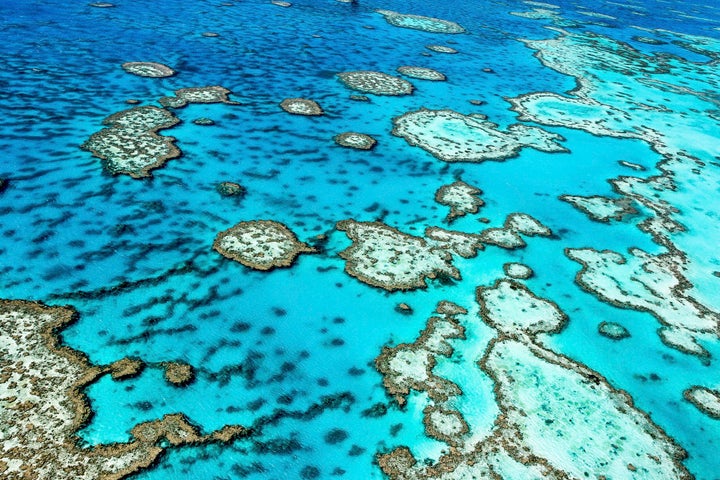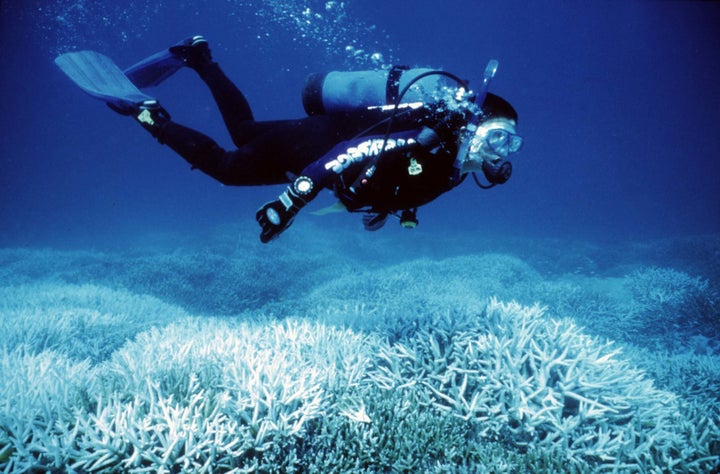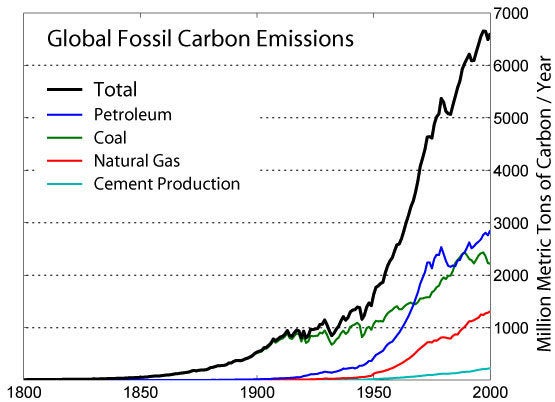WASHINGTON — In a desperate attempt to protect Great Barrier Reef corals from bleaching, Australian researchers have come up with a plan to circulate cool ocean water onto a handful of critical reef sites.
To be clear, no one is proposing this as a solution to what’s threatening Earth’s largest living structure, which has been hammered in recent years by warmer ocean temperatures fueled by climate change and the El Niño effect. The hope, rather, is to buy time and build resilience.
Sheriden Morris, managing director of the Reef and Rainforest Research Centre, the nonprofit behind the plan, told The Huffington Post that the $9 million pilot project aims to prevent the loss of coral species by staving off bleaching in select, high-diversity areas. Pontoons, equipped with low-energy solar technology, would draw up adjacent water from depths of up to 130 feet — where water temperatures are slightly cooler — and flood it onto shallow reefs.
“It’s very localized,” Morris said. “This isn’t going to save the reef. All the efforts to improve climate change need to happen at the same time. This is just protecting some of those complex areas.”
While some critics have dismissed the plan as a “Band-Aid,” “ridiculous” and a “quick-fix gimmick,” Morris argues that the scientific community must do more than simply wring its hands.
“As pressures increase, we have to increase our protection agenda,” she told HuffPost. “We have to actually start doing applied approaches for protections. Otherwise, if we do come out the other side and we do get successful international control of climate — and the Paris Agreement does hold — we might get to the other end and have lost some of these assets already.”

The Great Barrier Reef, the world’s largest reef system, is off the coast of Queensland, Australia, and extends more than 1,400 miles. It consists of some 3,000 individual reefs and is home to about 600 species of coral — an astonishing number when one considers that the Caribbean has fewer than 100.
Unfortunately, Australia’s marine jewel, like many reefs around the globe, is in serious trouble. Scientists from the Australian Research Council’s Centre of Excellence for Coral Reef Studies found that last year’s bleaching, the most severe coral bleaching event on record, had affected 93 percent of the reef. And it could be hammered by another bleaching event this year.
Coral bleaching is a phenomenon in which stressed corals expel algae and turn white, often as a result of warming ocean temperatures. If not given time to recover, bleached corals can die.

Morris said her organization’s proposal calls for deploying the pontoon units at ecologically and economically valuable reefs around Cairns, a tourist hotspot. She hopes to have the technology in the water before January, the start of bleaching season.
“We are looking at how you can actually sustain key, complex communities into the future with the current climate pressures that the reef faces,” she said.
A coral expert at the National Oceanic and Atmospheric Association, Rusty Brainard, told HuffPost in an email that, given the plight of corals around the globe, he’s “inclined to think that even small efforts like this are a step in the right direction” as countries work to reverse the global CO₂ emissions trend.
“Saving some reefs in the short-term provides more opportunities for recovery and sustainability over the longer term,” said Brainard, chief of the Coral Reef Ecosystem Program at NOAA’s Pacific Islands Fisheries Science Center.
Mark Eakin, coordinator of NOAA’s Coral Reef Watch, said that the idea “sounds crazy,” but Australia should give it a try. And while there could be risks, he would prefer to worry about possible harm to living corals than dead reefs.
“This sort of thing really only makes sense if it is happening in conjunction with major reductions in CO₂ emissions,” he said in an email. “Otherwise, it is indeed only a Band-Aid.”
“As an analogy, bandaging up a wounded soldier but leaving them in the line of fire is not a solution. Once you get them out of harm’s way, bandages are a very useful way to bring them back to health.”

